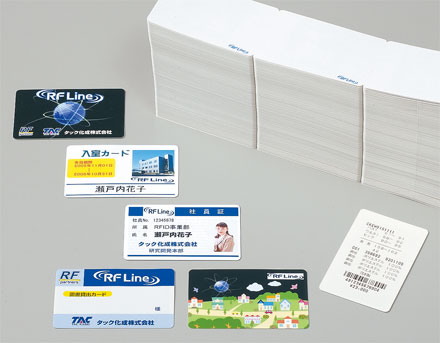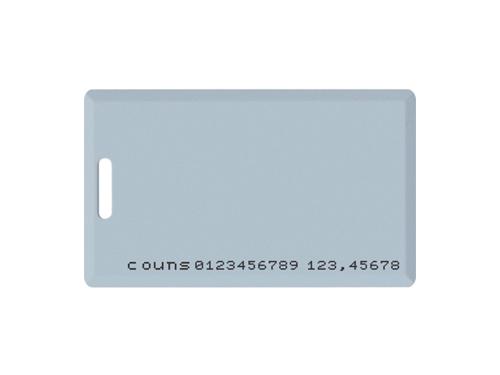Card Printer Hardware
Printing ID cards with your own card printer doesn’t have to be difficult. It connects to your computer just like your paper printer and will print out the same way except instead of printing on paper, it prints your image on plastic cards.
If you’re going to print your own plastic cards, there are certain pieces of hardware you’re going to need to do the job correctly. Here is an overview:
Ribbons
Just like your paper printer needs ink ribbons or ink cartridges, so will your card printer. Card printer ribbons are made specifically for printing on cards and will get the job done right so that you can have professional quality cards, printed right in your own home or office.
Laminates
Laminating is very important to protect the card, especially with ID cards or badges that get used on a daily basis. There are different ways of achieving lamination but one of the easiest is purchasing laminates which fit over the cards like sleeves and will protect them and make them last longer.
Cleaning Kits
Proper maintenance is very important to keep your card printer working properly and for a long time. To get the most from your machine, you will want to purchase cleaning kits to keep it operating at top performance. PVC Cards
You can purchase PVC cards for printing on. There are many different styles, colors and qualities to choose from, but you have freedom in finding the perfect ones for your needs.
These are just a few of the main pieces of card printer hardware you will need for printing your own perfect cards. However, this is not an exhaustive list and there are many other products that can make your job even easier or help you add other touches and details to your printed cards. This includes things such as holograms and more.
Benefits to Printing Your Own Plastic Cards
If you aren’t already convinced that printing your own cards is the way to go, it’s time to consider the cost benefits. Who doesn’t like to save money? So why spend more money that you have to? It just doesn’t make sense. Common sense tells you that if there is a cheaper, better way, you should act on it.
If you’re printing membership cards, ID cards or other plastic cards, printing them yourself can be faster, less expensive and easier once you learn how. Here are some of the benefits to doing it yourself:
-The cost per card is less expensive -No penalties if you only need a small number of cards at a time -You can change designs any time you want to -You don’t have to wait 2-6 weeks for your printed cards to arrive -You have quality control and can quickly fix any mistakes to your cards -You have complete control over the printing process and are not limited by a company’s policies
As you can see, the benefits clearly outweigh the cons in a case like this.
Let’s take a look at the numbers:
Full color printing through a company can cost you $0.75 – $2.00 per card and single color printing through a card printing company can cost the same. However, if you print yourself, you’re looking at $0.35 – $0.38 per card for full color printing and $0.07 – $0.08 per card for single color printing. That’s a whopping cost difference!
This is just the per-card cost savings. We haven’t even mentioned what you will save on shipping as well as the fact that you can print as much or as little as you want without any penalties. With many commercial card printing companies, you must have a minimum order (often in the thousands) or you will be charged an additional service fee. What about the person who doesn’t need thousands of cards printed at once?
But as we mentioned, it’s not all about the money. You have the benefit of complete control over your card quality, printing time and any necessary changes.
For the Small Scale Printer
If you tend to need only a small number of cards printed at once then it’s simply not cost effective for you to outsource your printing needs. If you are a small business who needs to print plastic cards for your employees, you won’t benefit from outsourcing your card printing needs either.
When you print the cards yourself with your own plastic card printer, it may take past the first couple of prints to really start to see a good return on investment, but once you do, it will be well worth it. In the long run, you can benefit financially from your own card printer and you can feel satisfied with the professional quality of each card printed.


